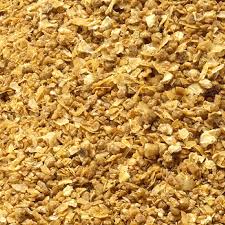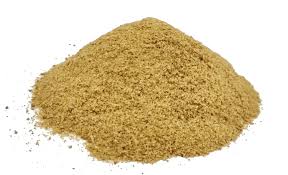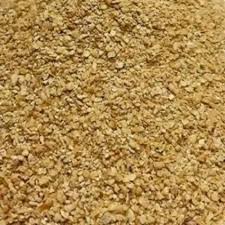Description
Common Names:
- Maize DDGS
- Corn DDGS
- Corn Distillers Grains
- Corn Byproduct
Forms:
- Pellets: Often processed into pellet form for ease of handling and use.
- Powdered: Ground into a fine powder for incorporation into animal feed.
Origin:
- Native Region: Derived from maize, which is widely grown across the globe, including North and South America, China, and other regions with suitable climates.
- Production: Produced as a byproduct of the ethanol production process from maize.
Nutritional and Chemical Composition:
- Active Compounds: Contains proteins, fiber, carbohydrates, and essential minerals such as calcium, phosphorus, magnesium, and potassium. Nutrient composition can vary based on the production process and maize variety.
Health Benefits and Uses:
- Animal Feed: Primarily used as a high-protein, high-fiber ingredient in animal feed for livestock such as cattle, poultry, and swine. It provides a cost-effective alternative to other protein sources.
- Nutrient Supplement: Enhances the nutritional profile of animal feed, contributing essential proteins and fibers to support growth and overall health of livestock.
- Soil Amendment: In some cases, maize DDGS can be used as a soil amendment or organic fertilizer due to its nutrient content, though this use is less common.
Environmental Benefits:
- Sustainable Use: Utilizes byproducts from the ethanol production process, contributing to waste reduction and supporting sustainable agricultural practices.
- Resource Efficiency: Maximizes the value derived from maize production by converting byproducts into a useful feed component, reducing overall waste and improving resource efficiency.





